Aviator glasses from the 1940s. Bell-bottom jeans from the ’60s. Scrunchies from the ’80s. They’ve all gone out of fashion and returned. Nothing, it seems, ever goes irreversibly out of style. But there have been fashion trends that are so dated, so uncomfortable, or so dangerous that they have little chance of being revived. Here are eight that we hope never make a comeback.
1. The Crinoline
Even though the hoop skirt was extraordinarily impractical, it didn’t make it any less popular. In the 1850s, almost all women wore some version of this style. The trend began with stiff crinoline petticoats made of horsehair, which flared out the skirt. This was followed by the “cage crinoline,” a contraption that wasn’t as heavy or as hot as horse hair and supported an even wider skirt. Women had to learn how to sit, enter a carriage, bend over, or even walk in a stiff wind without revealing more of themselves than any Victorian would want. Thankfully, as women in the 1900s demanded more freedom of movement and realized that this style was not only impractical but also uncomfortable, they abandoned this monstrosity.
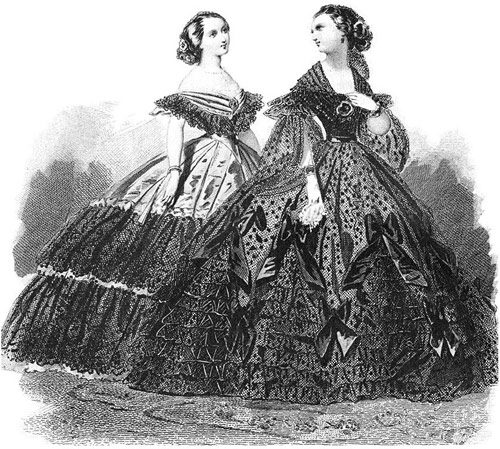
2. The Bustle
The second gone-forever fashion is the bustle, a device worn at a woman’s waist to extend her figure posteriorly, achieving a profile that anticipated Kim Kardashian. The bustle came into being when designers started reducing the wide circumference of the hoop skirt. This new style flattened the front of these very full, highly decorated skirts. The extra material was pushed to the rear. The bustle propped up this material, enabling a woman to wear more skirt than a normal figure would allow. When skirts became less extravagant, the bustle was no longer needed. It faded away and hasn’t reappeared since.
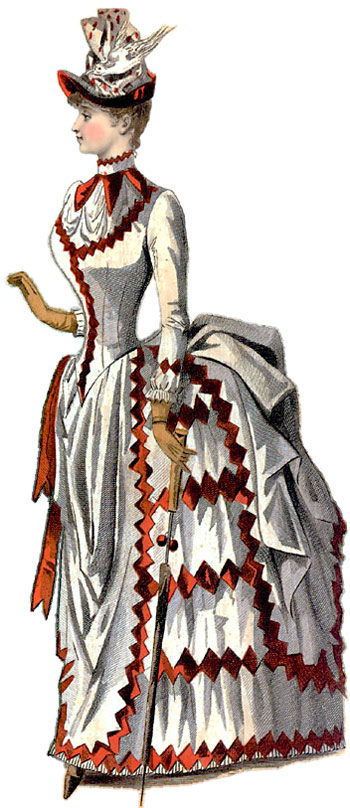
3. Knee Breeches
They were all the rage in the 18th century. Paintings of the founding father show all the men wearing those curious half pants. They evolved from the short pants of Roman men, which became long enough to reach the knee. In time, wealthier men added the hose that covered the lower part of the leg. Knee breeches seem to have fallen out of fashion in the early 19th century, a victim of the romantic style of the Regency period. Men now wear shorts or full length pants; there has been no serious effort to revive the awkward breech-length for men.
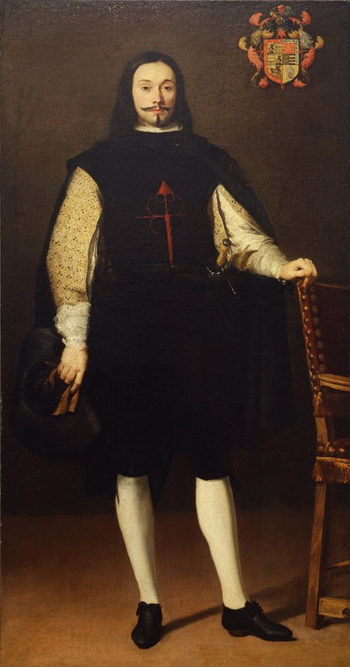
4. Powdered Wigs
A fashion trend for both men and women throughout the 18th century was the powdered wig. In addition to being extremely expensive and fragile, these wigs were not cleaned and would become homes to lice, insects, and even rodents. To make matters worse, these towering headpieces were tall enough to brush against low chandeliers, whose candles could easily set one of these wigs alight. The wigs fell out of favor when the British government started taxing wig powder in 1795. In France, elaborate wigs, along with French royalty who wore them, met their end during the French Revolution. Fortunately, we haven’t yet seen a return of these unsanitary and dangerous hair pieces.
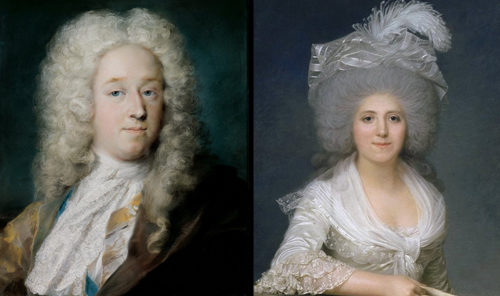
5. Mourning Wear
Mourning wear was extremely popular in the Victorian Era. Following a family member’s death, women would only wear somber, black outfits, often with dark veils, after the death of a husband or child. Several “household manual” publications would advise them what styles were appropriate and how long they should wear black. For a first cousin, mourning wear could be worn for as little as four weeks. If your husband died, you were expected to be in black for two years. In time, the tradition gave way to a preference for more personal, private expressions of grief.
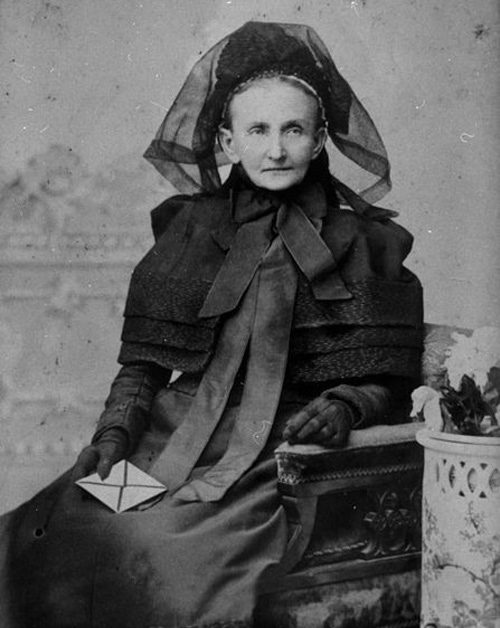
6. Hobble Skirt
The “hobble skirt” was a short-lived fashion trend of the early 19th century. The slim-fitting skirt was not only extremely uncomfortable, but also made it nearly impossible for women to walk, which is how it earned its nick name “hobble skirt” and “the speed limit skirt”. Women wearing these skirts had trouble climbing onto street cars or darting out of the way of traffic. In one extreme incident, a woman at a horse race ended up getting trampled because her skirt didn’t allow her to flee from a runaway horse. Thankfully, as women became more active in play and in work, there was a corresponding upsurge of common sense that booted the hobble skirt into permanent absence.
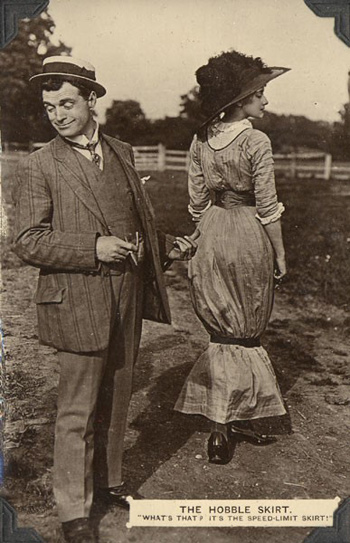
7. Celluloid Collars
While women were binding their feet together with tightly hemmed skirts, men were squeezing their necks cruelly with celluloid collars. These tall, rigid collars, which could be washed separately from the shirt, were made of an early form of plastic. Men wore them so tightly that multiple cases of choking were reported. Moreover, celluloid is extremely flammable, and more than once proved dangerous to a wearer who got too near an open flame. Men’s collars have become more and more open since those turn-of-the-century times. Nowadays it’s nearly impossible to get men to wear a tie, let alone a tight, uncomfortable collar.
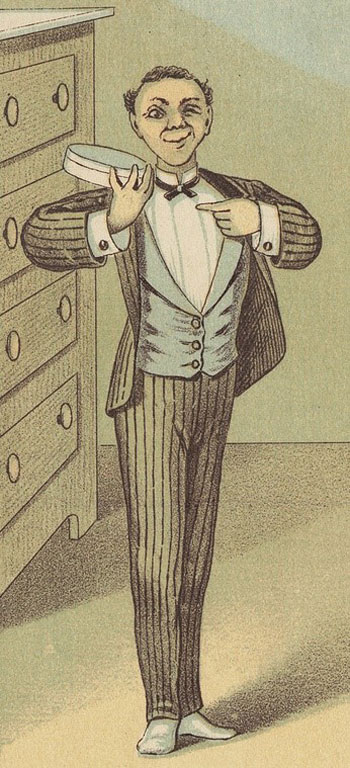
8. The Mullet
And could we forget the mullet? The old description of this unfortunate mutant of a short/long haircut was described as “business in the front, party in the back.” They could have added “awful on both sides.” But it was surprisingly popular in its heyday of the 1980s. Stars like Paul McCartney, Mel Gibson, and George Clooney fell victim to the treacherous charms of the mullet. Thankfully, we have been “mullet-free” since about the ’90s. Billy Ray Cyrus, father of Miley Cyrus, recorded a song called “I want my mullet back,” but we hope that the mullet — or any of the styles above — is gone for good.

Become a Saturday Evening Post member and enjoy unlimited access. Subscribe now
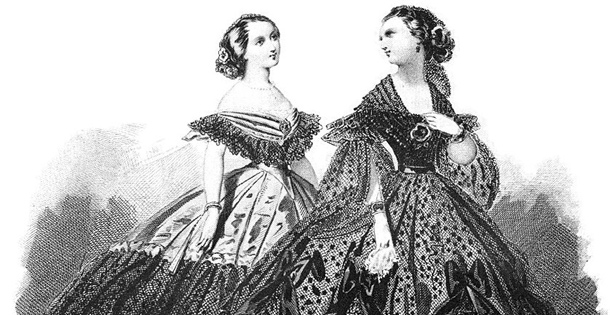




Comments
Love the article.